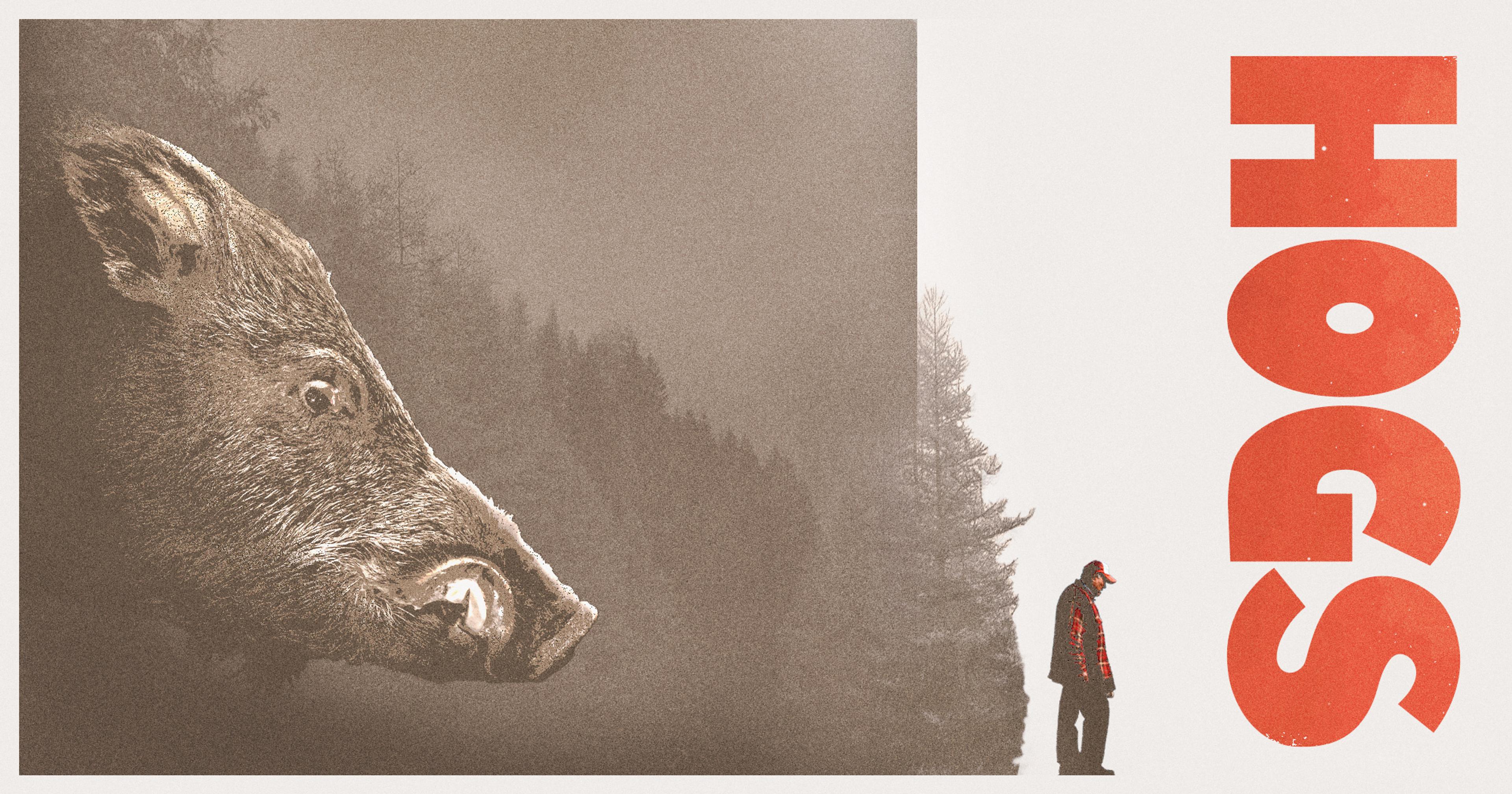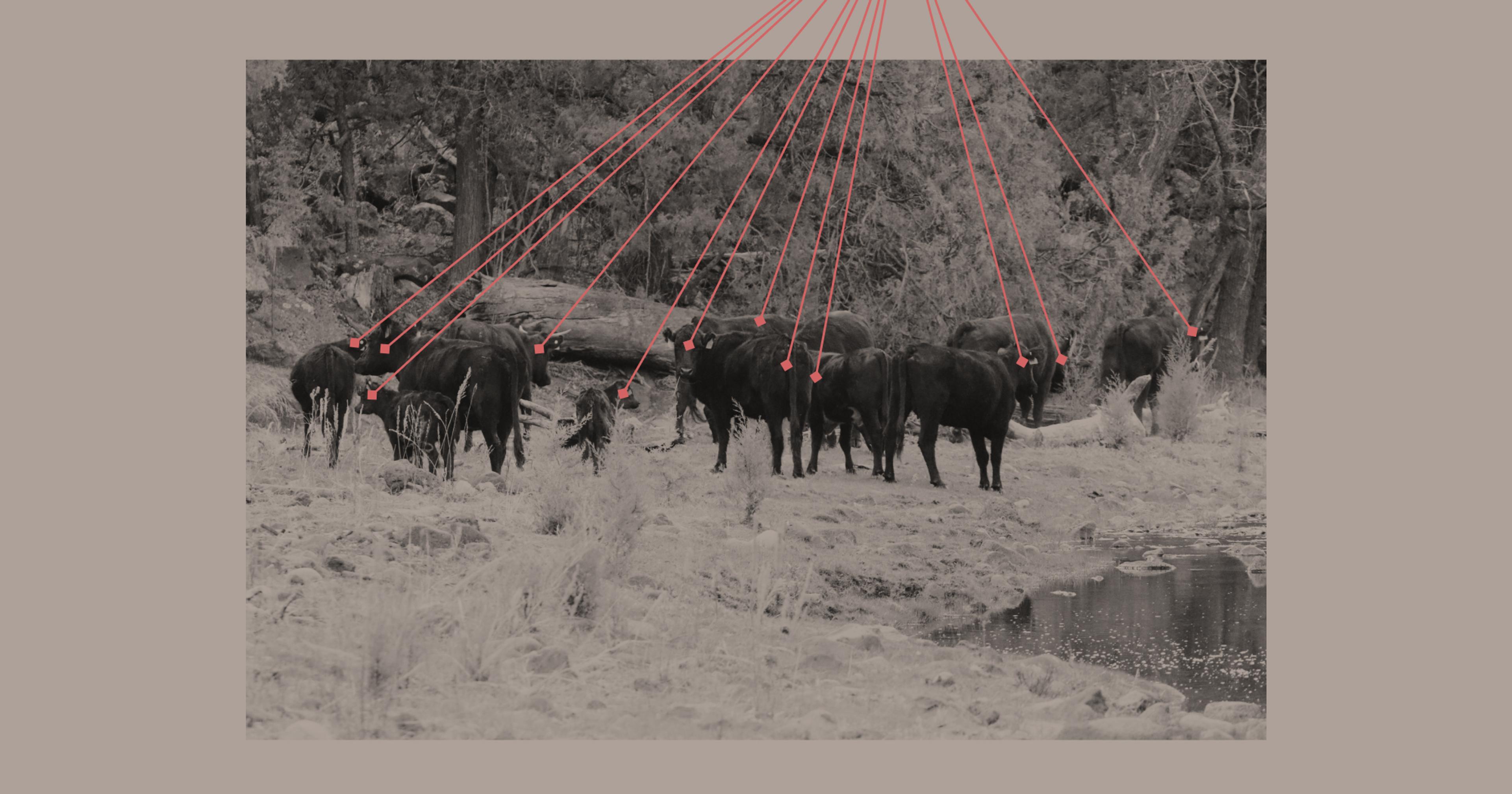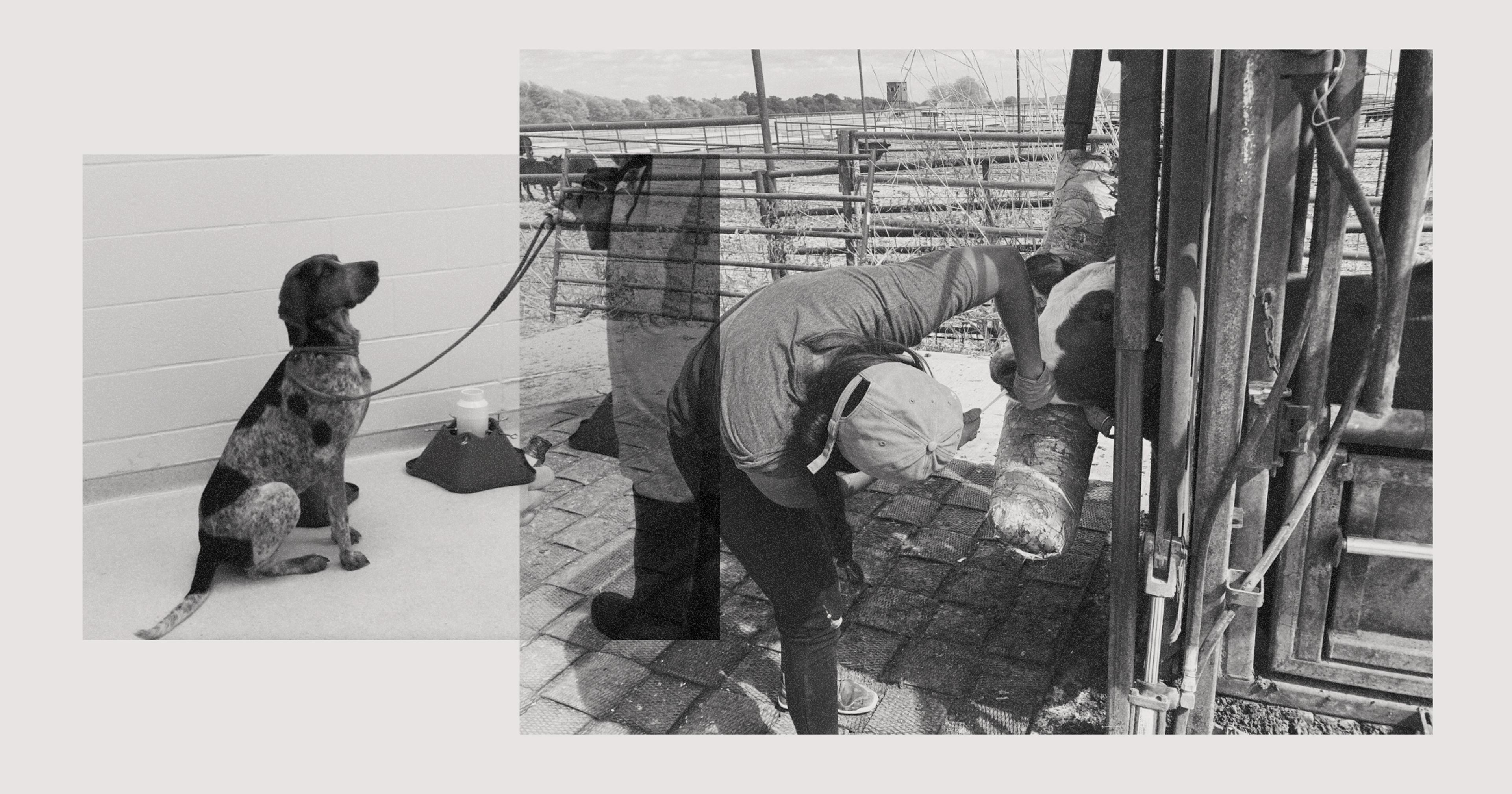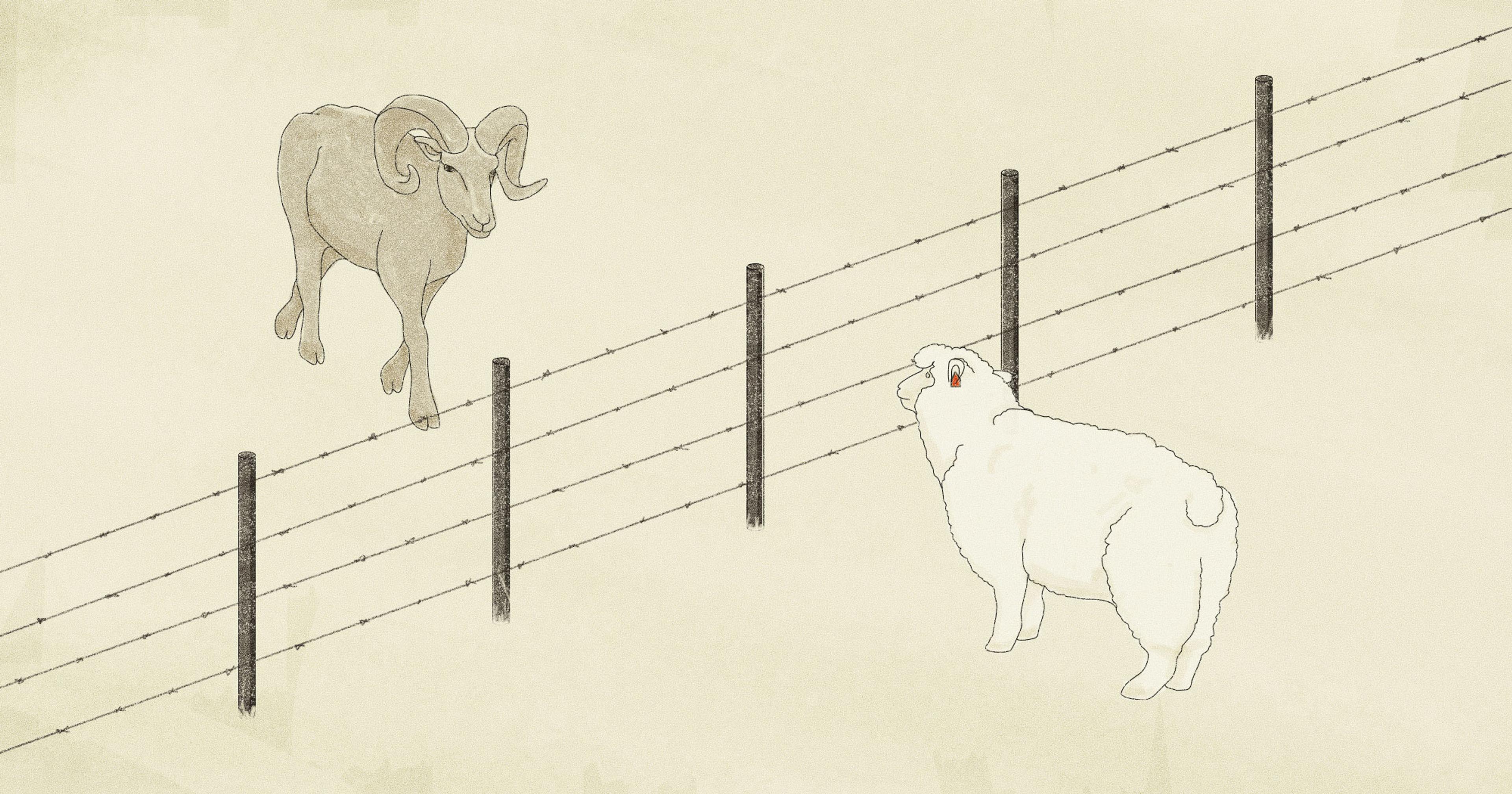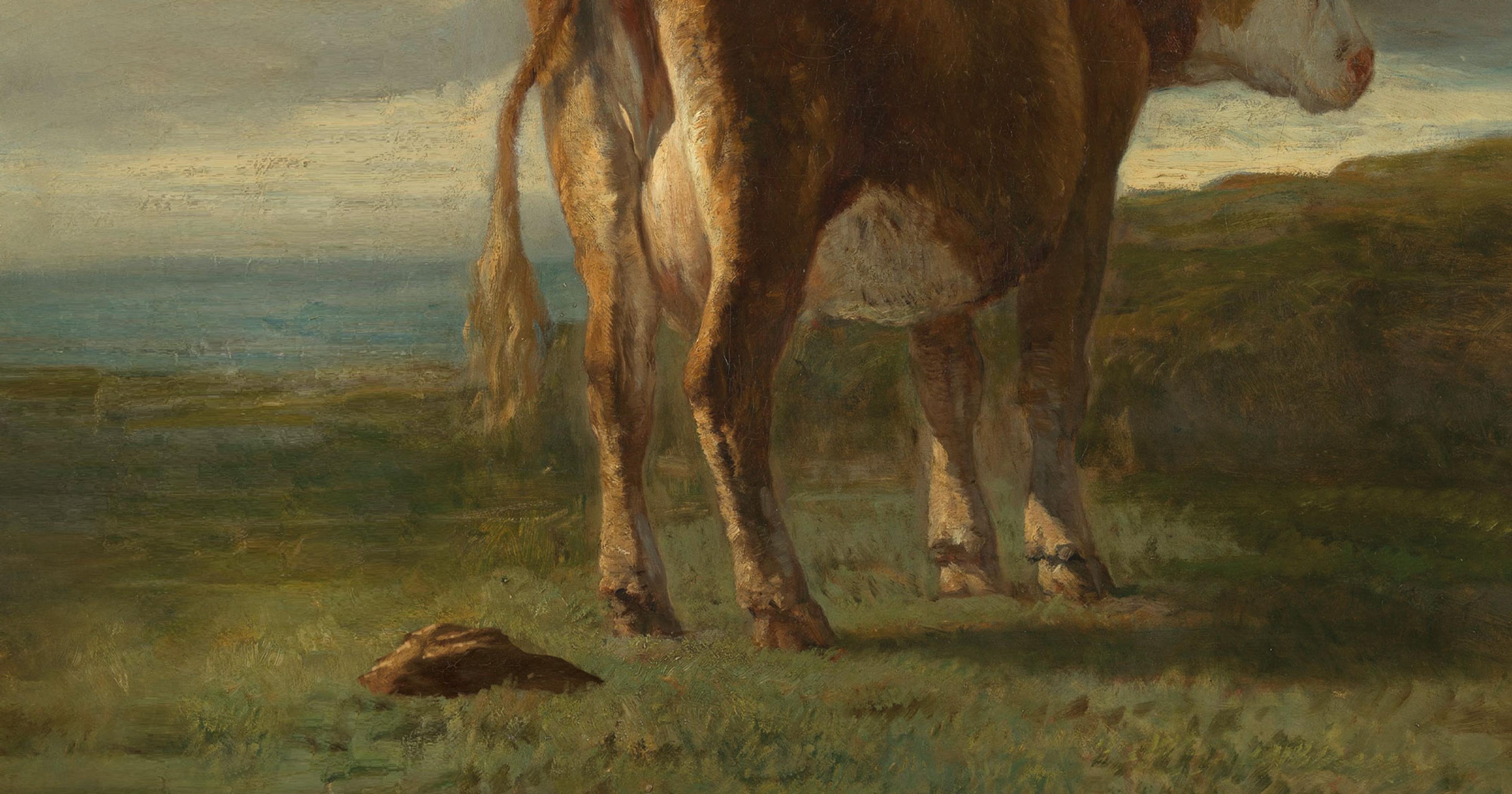For farmers caught in the nationwide “pigdemic,” feral hogs are the “top nuisance, bar none.”
Hiding in farmer Chip Vosburg’s corn stalks in Pointe Coupee, Louisiana, there’s more than just rows and rows of drooping, ready-to-harvest cobs. Troops of feral hogs lay in wait, beckoned by the whiff of summer-ripe kernels, capable of looting entire acres clean in just a day.
In southern Louisiana, as in a growing segment of rural America, the reputation of a feral hog — at best a thief, at worst a cold-blooded killer — precedes it. Considered a nuisance by farmers and land-owners, the feral hog costs the state of Louisiana an estimated $91 million in agricultural damage annually, a tab they rack up by rooting around in fields, digging mud pits, polluting water bodies with fecal matter, and, as in Vosburg’s case, disappearing crops in large quantities.
But recent research suggests those may be the least of the problems resulting from a ballooning feral hog population. Scientists determined feral pig attacks are more than three times deadlier to humans than sharks worldwide. That, coupled with feral hogs’ capacity for carrying disease, has raised their profile from farm pest to existential threat. But not enough people seem to understand the gravity of the situation, according to experts — and municipalities are struggling to control it.
For many urbanites, the very idea of a feral hog crisis is so absurd and improbable that it once morphed into one of the internet’s favorite jokes. The “30-50 feral hogs” meme began on Twitter as a seemingly earnest question from an Arkansas resident about using an assault-style weapon to kill the animals in his backyard. It then proliferated across the cybersphere almost as fast as feral pigs can reproduce (very fast), demonstrating just how little this issue is taken seriously outside of rural America.
To those amused by the meme, the numbers may be startling: The average number of fatal pig attacks per year between 2014 and 2023 was just over 19, whereas fatal shark attacks averaged less than six. While the circumstances of feral pig attacks vary, the most damage is done by the knife-sharp tusks that perpetually sharpen themselves over the course of the animal’s life.
The study’s lead author, Jack Mayer, a renowned feral pig expert at the Savannah River National Laboratory in South Carolina, said that these animals can get up to several hundred pounds, with “very strong neck muscles,” that they will use to defend themselves if they feel at all threatened. In most cases, pig aggression is defensive, though Mayer’s study notes at least seven attacks that appeared to be predatory — including one gory incident in 2019 that left a middle-aged woman dead in rural east Texas, her body partially consumed.
But even if killer hogs aren’t yet infiltrating America’s cities (for the most part), the fall-out from the diseases they carry has an even broader reach. Of most acute concern is the spread of African Swine Fever, a disease that killed millions of pigs — domestic and wild — across Asia starting in 2018.
“Grow all the best crops you want, but these animals come in right when it’s time to make a pass through the fields.”
“Just because you don’t have wild pigs in your backyard, it’s still something that’s gonna affect you,” Mayer said. If African Swine Fever gets into our wild pig population, “it’s over for the U.S. pork industry,” worth $7.7 billion in exports in 2022. “Some people in USDA think it’s only a matter of time.”
Wild hogs are not native to North America, Mayer explained, and they’ve proven especially difficult to control because of their hardiness, their intelligence, and how quickly they reproduce. (A female can start having babies as early as four months, and she typically gives birth to six per litter.) Today’s feral hogs are a vestige of colonization, brought to this continent by European settlers around the 1500s as domesticated versions of the Eurasian wild boar. Once here, colonists “followed longstanding practices where livestock were turned loose to forage for themselves,” Mayer said.
Americans continue to suffer the effects of that decision today. “Pigs go wild quicker than any other species of domestic livestock that we have,” Mayer explained. “You turn pigs loose and they’re survivors. They can pretty much live anywhere [and] eat anything, if it’s got a calorie in it and they can get their mouth around it. And they crank out babies like nobody’s business. So once they get into an area, it’s pretty much all over at that point.”
To make matters worse, Mayer talks of a “pig bomb” that went off in the 1980s and 90s, following a period in which state game departments had been promoting wild boar as a “big game resource,” stocking natural areas with pigs for hunting purposes. “All they had to do was go get themselves a trailer load of pigs, take them to where they wanted them, turn them loose, and pigs did the rest.” As a result, “isolated pockets” of wild pigs appeared in all but two states — Wyoming and Rhode Island — and have taken root.
“Just because you don’t have wild pigs in your backyard, it’s still something that’s gonna affect you.”
As part of the Louisiana Department of Wildlife and Fisheries, wildlife veterinarian Jim LaCour has observed a massive population spike near Baton Rouge over just the last 20 years. His Feral Hog Management Advisory Task Force is focused on what he and his colleagues call the “pigdemic,” in which he says feral hogs in his area now outnumber domestic pigs by over 800,000. They’re a popular target of local hunters, and LaCour and his team regularly set up different kinds of traps, including “Pig Brigs,” or net traps.
In general, the methods of pig management are highly militarized, featuring assault weapons, booby traps, and after-dark attacks outfitted with night-vision goggles. Those who live in wild pig territory talk casually of their brutalization. But at times, Mayer hasn’t known which side of the war he fights for, having dedicated his whole adult life to the study of these animals.
“Back in the 70s, I started out an advocate for wild pigs,” he said. “They’re smart, they’re survivors, they’re just incredible.” And in the right ecosystem, wild pigs play an important role in maintaining balance. On the island of Borneo, for example, where African Swine Fever recently wiped out an estimated 95% of the local bearded boar population, a host of issues have cropped up in the pigs’ absence. Without a steady pig population to prey on, crocodile attacks on humans have risen. Indigenous groups lost a culturally significant source of protein. And scientists are concerned that the rainforest soil will also suffer without pigs there to turn it over in search of worms and other snacks. The people of Borneo rejoiced over a recent sighting of a bearded boar and her piglets, signaling a possible comeback for the species.
Across the U.S., however, a similar sight is cause for dread. “Because the pig bomb went off, we’ve got now 7 or 9 million wild pigs in places where they really don’t need to be,” Mayer reflected. “And I’ve come to a realization that this isn’t a good thing.”
In addition to the Pig Brig traps set up on his property, Vosburg once employed a group of night hunters to seek out the pigs after dark. The dual methods were effective for a short period until the pigs learned to outsmart the traps and stay hidden at night.
“They’re mammalian cockroaches. They’re gonna be here when we’re gone.”
To minimize the risk of disease, LaCour’s task force provides some education about how to properly handle wild pig carcasses and, for those who hunt the pigs for meat, how to safely cook it. But anecdotally, Vosburg said most people he knows at this point who might have eaten wild pig previously are now afraid enough of disease that they’ve given it up altogether.
In the throes of his summer harvest, with pigs clearing acres of his corn by the day, Vosburg isn’t optimistic about what the pigdemic holds for the future.
“Grow all the best crops you want, but these animals come in right when it’s time to make a pass through the fields,” he said. “Birds will take, but that’s just part of growing corn. But for hogs, it’s nothing for them to wipe out acres in a couple days. They’re the top nuisance. Bar none.”
Scientists are looking into toxicants that could eradicate whole sounders of pigs, as well as oral contraceptives for sows. Both are a long ways away, with no guarantee that they’ll be effective.
“They’re mammalian cockroaches,” LaCour said of the pigs, a glint of respect in his tone. “They’re gonna be here when we’re gone.”

